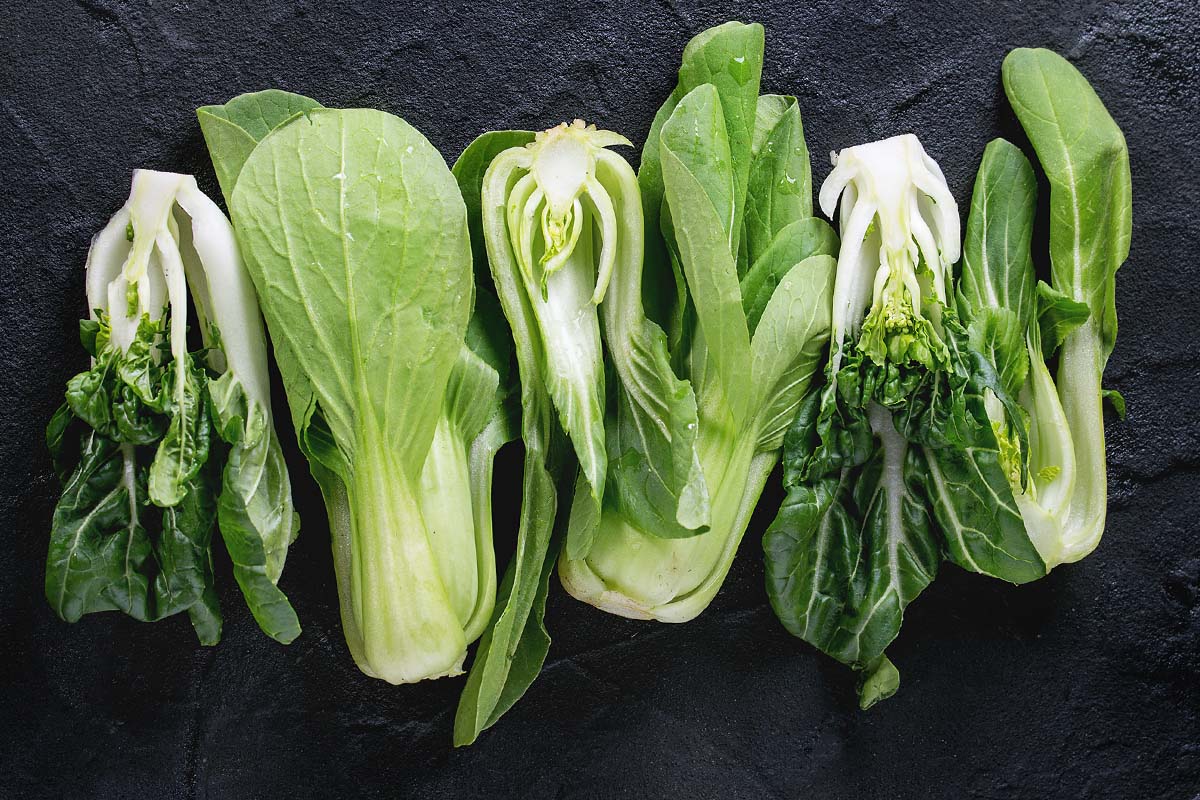

Articles
How To Store Bok Choy In The Freezer
Modified: February 27, 2024
Learn how to properly store bok choy in the freezer with this informative article on preserving vegetables. Discover helpful tips and techniques to keep your bok choy fresh for longer.
(Many of the links in this article redirect to a specific reviewed product. Your purchase of these products through affiliate links helps to generate commission for Storables.com, at no extra cost. Learn more)
Introduction
Freezing bok choy is a great way to preserve this nutritious and versatile vegetable for future use. Whether you have an abundance of bok choy from your garden or found a great deal at the farmers market, freezing it will allow you to enjoy its crisp texture and vibrant flavors even when it’s out of season.
Why freeze bok choy? The process of freezing helps to retain the nutritional value of bok choy, allowing you to enjoy its health benefits long after it has been harvested. Bok choy is packed with essential nutrients, including vitamins A, C, and K, as well as minerals like calcium and iron. It is also low in calories and rich in fiber, making it a great addition to a balanced diet.
By freezing bok choy, you can avoid wastage and have a readily available supply of this leafy green vegetable whenever you need it. Whether you want to add it to soups, stir-fries, or salads, having frozen bok choy on hand makes meal prep quick and convenient.
But before you start freezing bok choy, it’s important to choose fresh, high-quality specimens. Look for bok choy with firm, crisp stalks and vibrant green leaves. Avoid any bok choy that is wilted, discolored, or has signs of damage or decay.
In this article, we will guide you through the step-by-step process of freezing bok choy. From preparing the bok choy to packaging and storing it, we will provide you with all the information you need to ensure that your frozen bok choy stays fresh and flavorful. So let’s get started on this journey of preserving bok choy’s goodness in the freezer!
Key Takeaways:
- Preserve the freshness and nutritional value of bok choy by freezing it, ensuring a convenient and versatile supply for year-round meal preparation. Avoid wastage and enjoy the health benefits of this vibrant vegetable with proper preparation and storage techniques.
- Make the most of frozen bok choy by following thawing and cooking tips, experimenting with recipes, and pairing it with complementary flavors. Enjoy the convenience and versatility of this nutritious ingredient in a variety of dishes.
Read more: How To Store Bok Choy
Why Freeze Bok Choy
Freezing bok choy is a practical and convenient way to extend its shelf life and preserve its nutritional value. Here are a few reasons why you might want to consider freezing bok choy:
1. Seasonal Availability: Bok choy is a seasonal vegetable, often abundant during certain times of the year. Freezing allows you to enjoy bok choy’s freshness and flavor even when it is out of season. By freezing bok choy, you can stock up on this versatile vegetable and have it on hand throughout the year.
2. Minimizing Food Waste: If you have a surplus of bok choy or are unable to consume it before it starts to wilt, freezing is an excellent way to prevent food waste. Instead of letting it go to waste, freezing bok choy allows you to preserve it for future use.
3. Convenience: Having frozen bok choy readily available can save you time and effort when it comes to meal preparation. Whether you want to add bok choy to stir-fries, soups, or smoothies, having it already prepared and frozen makes it quick and easy to incorporate into your favorite dishes.
4. Nutritional Value: Freezing bok choy helps to lock in its nutritional benefits. Bok choy is packed with vitamins, minerals, and antioxidants that contribute to overall health and well-being. When properly frozen, bok choy retains many of these essential nutrients, allowing you to enjoy its health benefits long after it has been harvested.
5. Cost Savings: Buying bok choy in bulk when it is in season and freezing it can help you save money in the long run. You can take advantage of lower prices and promotions, ensuring that you have a steady supply of bok choy without paying a premium price.
By freezing bok choy, you can harness all of these benefits while ensuring that you have a versatile and nutritious vegetable on hand whenever you need it. With proper preparation and storage techniques, you can enjoy the flavors and textures of freshly-harvested bok choy throughout the year.
Choosing Fresh Bok Choy for Freezing
When it comes to freezing bok choy, selecting fresh and high-quality specimens is crucial to ensure the best results. Here are some tips to help you choose the right bok choy for freezing:
1. Look for Firm Stalks: Select bok choy with firm and crisp stalks. The stalks should be sturdy and not bend easily. Avoid bok choy with wilted or mushy stalks as these indicate that the vegetable is past its prime.
2. Vibrant Green Leaves: Check the leaves of the bok choy for freshness. They should be bright green, indicating vitality and flavor. Avoid bok choy with yellowing or wilted leaves, as they may have lost their nutritional value and taste.
3. Avoid Damaged or Discolored Bok Choy: Inspect the bok choy thoroughly for any signs of damage, decay, or discoloration. Look for bok choy with smooth and unblemished leaves. Any bruising, brown spots, or mold should be avoided as they can affect the quality of the frozen bok choy.
4. Choose Organic or Pesticide-Free Bok Choy: If possible, opt for organic or pesticide-free bok choy. This ensures that the vegetable is grown without harmful chemicals, making it a healthier choice for consumption and freezing.
5. Size Matters: Consider the size of the bok choy when selecting it for freezing. Smaller and more compact bok choy tends to be more tender and flavorful. However, larger bok choy can also be frozen, but they may require slightly longer blanching times to ensure the leaves are properly cooked.
By choosing fresh and high-quality bok choy, you set the foundation for successfully freezing this leafy green vegetable. Remember that the quality of the bok choy before freezing greatly impacts the quality of the final product. So take your time to select the best bok choy available, and you’ll be rewarded with delicious and nutritious frozen bok choy to enjoy whenever you need it.
Preparing Bok Choy for Freezing
Before you freeze bok choy, it is important to properly prepare the vegetable to ensure optimal results. Follow these steps to prepare bok choy for freezing:
1. Wash the Bok Choy: Start by thoroughly washing the bok choy to remove any dirt or debris. Fill a sink or large bowl with cold water and submerge the bok choy. Gently swish it around to loosen any dirt or sand. Rinse each leaf under running water to ensure a complete clean.
2. Trim the Stalks: Once the bok choy is clean, trim off the tough ends of the stalks. Use a sharp knife and make a clean cut where the leafy green section meets the stalk. Discard the ends or save them for composting or other recipes if desired.
3. Separate the Leaves: Separate the leaves of the bok choy from the stalks. This will allow for more even blanching and freezing. Depending on your preference, you can keep the leaves whole or chop them into smaller pieces for convenience.
4. Cut the Stalks: If desired, you can also cut the bok choy stalks into smaller, bite-sized pieces. This can be helpful if you plan on using the frozen bok choy in dishes where smaller pieces are more suitable, such as stir-fries or soups.
5. Rinse Again: After separating the leaves and cutting the stalks, give the bok choy another quick rinse under running water. This will remove any remaining dirt or debris that may have accumulated during the preparation process.
6. Dry Thoroughly: It is essential to dry the bok choy thoroughly before proceeding with the blanching process. Excess moisture can lead to ice crystals forming during freezing, which can affect the quality and texture of the bok choy. Pat the bok choy dry with a clean kitchen towel or use a salad spinner to remove excess water.
By following these preparation steps, you can ensure that your bok choy is clean and ready for the blanching process. Properly preparing the bok choy sets the stage for successful freezing, allowing you to enjoy its freshness and vibrant flavors even after it has been frozen.
Blanching Bok Choy
Blanching is an essential step in the freezing process that helps to preserve the color, texture, and nutritional value of bok choy. Here’s how to blanch bok choy:
1. Prepare a Pot of Boiling Water: Fill a large pot with water and bring it to a rolling boil. The pot should be big enough to comfortably accommodate the amount of bok choy you are blanching. You can add salt to the water if desired, although it is optional.
2. Blanch in Batches: Blanch the bok choy in small batches to ensure that it cooks evenly. Submerge the bok choy leaves and stalks into the boiling water and let them cook for about 2-3 minutes. This blanching time may vary slightly depending on the size and thickness of the bok choy pieces.
3. Test for Doneness: After the blanching time, remove a piece of bok choy and test its doneness. The stems should be slightly tender, and the leaves should be wilted but still vibrant green. Avoid overcooking the bok choy, as it may become mushy in texture.
4. Shock in Ice Water: Immediately transfer the blanched bok choy from the pot of boiling water to a bowl filled with ice water. This process, known as shocking, helps to stop the cooking process and preserve the bright green color of the vegetable. Let the bok choy sit in the ice water bath for about 2-3 minutes.
5. Drain Well: After the bok choy has been shocked in the ice water, remove it from the bowl and allow it to drain thoroughly. Use a colander or salad spinner to remove excess water. Ensuring that the bok choy is well-drained helps to prevent ice crystals from forming during freezing.
6. Repeat for Remaining Batches: If you have additional batches of bok choy to blanch, repeat the process for each batch until all the bok choy has been blanched and shocked.
Blanching bok choy is an important step that helps to deactivate enzymes and bacteria, preserving the quality and flavor of the vegetable. By following these blanching instructions, you can ensure that your frozen bok choy retains its crispness and nutritional value. The next step is to cool, drain, and package the blanched bok choy for freezing.
To store bok choy in the freezer, start by washing and drying the leaves thoroughly. Then, chop the bok choy into desired sizes and blanch in boiling water for 2 minutes. After blanching, immediately transfer the bok choy to an ice bath to stop the cooking process. Once cooled, drain the bok choy and place it in airtight freezer bags or containers, removing as much air as possible before sealing. Label the bags with the date and store in the freezer for up to 6 months.
Read more: How To Store Bok Choy In The Fridge
Cooling and Draining Bok Choy
After blanching bok choy, it is crucial to cool and drain it properly before packaging it for freezing. This step helps to remove excess moisture, allowing the bok choy to freeze more effectively. Here’s how to cool and drain bok choy:
1. Transfer to a Colander: Using a slotted spoon or tongs, transfer the blanched bok choy from the ice water bath to a colander. The colander will help to facilitate the draining process by allowing the excess water to drip off.
2. Gently Shake: Give the colander a gentle shake to remove any excess water clinging to the bok choy. Avoid forcefully shaking, as this can cause damage to the delicate leaves and stalks.
3. Pat Dry: Use a clean kitchen towel or paper towels to gently pat the bok choy leaves and stalks dry. Absorb any remaining moisture on the surface, ensuring that the bok choy is as dry as possible before packaging.
4. Air Dry: Allow the blanched bok choy to air dry for a few minutes to further remove any remaining moisture. You can place the bok choy on a clean kitchen towel or a drying rack to promote air circulation and expedite the drying process.
5. Check for Excess Moisture: Before packaging the bok choy for freezing, make sure to check for any signs of excess moisture. Examine the leaves and stalks for any water droplets or dampness. If necessary, give the bok choy an extra pat dry to ensure that it is completely dry.
Ensuring that the bok choy is cooled and properly drained is essential for successful freezing. Excess moisture can lead to the formation of ice crystals, which can affect the texture and quality of the frozen bok choy. By following these steps, you can prepare the blanched bok choy for packaging and storing in the freezer.
Packaging Bok Choy for Freezing
Proper packaging is key to maintaining the quality and freshness of frozen bok choy. By following these steps, you can ensure that your bok choy remains well-preserved during its time in the freezer:
1. Use Freezer-Safe Containers or Bags: Select freezer-safe containers or resealable freezer bags for packaging the bok choy. These containers are designed to withstand low temperatures and prevent freezer burn, which can affect the taste and texture of the vegetables.
2. Fill Containers or Bags: Depending on your preference, you can either pack whole blanched bok choy leaves or cut them into smaller pieces. Fill the containers or bags with the blanched and drained bok choy, leaving a little space at the top to allow for expansion during freezing.
3. Remove Air: If using resealable bags, remove as much air as possible by pressing the bag gently to squeeze out excess air before sealing. For containers, ensure that the lids are securely closed to prevent air from getting in and causing freezer burn.
4. Label and Date: It is essential to label each container or bag with the contents and the date of freezing. This will help you keep track of the bok choy’s freshness and ensure you use the oldest ones first.
5. Consider Portion Sizes: If you plan on using only a portion of the bok choy at a time, divide it into smaller portions before packaging. This allows you to thaw only what you need without having to defrost the entire batch.
6. Arrange the Packages in the Freezer: Place the packaged bok choy in a single layer on a flat surface in the freezer. This initial arrangement allows for faster and more even freezing. Once the bok choy is fully frozen, you can stack the packages to save space.
By following these packaging guidelines, you can ensure that your bok choy stays well-preserved and maintains its quality during the freezing process. Proper packaging also makes it easier to retrieve and use the desired amount of frozen bok choy when needed.
Labelling and Storing Frozen Bok Choy
Labelling and proper storage are crucial for keeping track of your frozen bok choy and maintaining its quality over time. Follow these guidelines to label and store your frozen bok choy:
1. Label Each Package: Before placing the bok choy in the freezer, ensure that each package is clearly labeled. Use a waterproof marker or freezer-safe labels to write the contents and the date of freezing on each container or bag. This will help you identify and use the oldest packages first.
2. Proper Storage Container/Location: Store the labelled packages of frozen bok choy in a suitable storage container or location in your freezer. Ideally, use airtight containers or freezer-safe bags to prevent freezer burn and maintain the flavor and texture of the bok choy.
3. Organize by Date: Arrange the packages in the freezer based on the date of freezing. Place the oldest packages towards the front or top for easy access. This organization method helps ensure that you use the bok choy in a timely manner, rotating it properly to avoid wastage.
4. Maintain Consistent Freezer Temperature: Keep your freezer at a consistent temperature of 0°F (-18°C) or below. Fluctuating temperatures can negatively impact the quality of the bok choy and shorten its storage life. Regularly check and adjust the temperature as needed.
5. Avoid Frequent Thawing and Refreezing: To maintain the best quality, avoid thawing and refreezing the bok choy multiple times. This can lead to a loss of texture and nutrient content. Instead, portion the bok choy before freezing, so you can thaw only the amount you need for each use.
6. Optimal Storage Duration: While frozen bok choy can retain its quality for up to 8-12 months, it is best to use it within the first 3-6 months for the best flavor and texture. Over time, the bok choy may start to lose its crispness, but it will still be safe to eat as long as it has been properly stored.
By labelling and storing your frozen bok choy correctly, you can ensure that it remains fresh, flavorful, and safe to consume for an extended period. Keeping track of the freezing dates and organizing the packages will help you maintain a well-managed freezer and avoid wastage.
Tips for Using Frozen Bok Choy
Frozen bok choy is a convenient ingredient to have on hand for quick and easy meal preparation. Here are some tips for using frozen bok choy:
1. Thawing: When you’re ready to use the frozen bok choy, it’s best to thaw it first. Transfer the desired amount from the freezer to the refrigerator and let it thaw overnight. Thawing in the refrigerator helps maintain the texture and flavor of the bok choy. Avoid thawing at room temperature, as it can accelerate the growth of bacteria.
2. Squeeze out Excess Moisture: After thawing, the bok choy may release excess water. To prevent your dish from becoming watery, gently squeeze the thawed bok choy to remove any excess moisture before using it in your recipes. This step is especially important for dishes where a crisp texture is desired.
3. Cooking Methods: Frozen bok choy is versatile and can be used in a variety of cooking methods. It can be added directly to stir-fries, soups, stews, and casseroles without the need for pre-cooking. The bok choy will cook quickly and regain its tender, slightly crunchy texture.
4. Add at the End: To retain the maximum freshness and color of the bok choy, add it towards the end of your dish’s cooking time. This will help to preserve its vibrant green color and crispness while still allowing it to cook through.
5. Use in Smoothies or Juices: Frozen bok choy can also be added directly to smoothies or juices without thawing. This is a great way to incorporate the nutritional benefits of bok choy into your daily routine. Just blend it with your favorite fruits and liquids for a nutrient-packed boost.
6. Experiment with Recipes: Don’t be afraid to get creative with your frozen bok choy. Use it as a substitute for fresh bok choy in your favorite recipes. Whether it’s a stir-fry, a soup, or a salad, frozen bok choy can bring a burst of freshness and nutrition to your dishes.
7. Pair with Complementary Flavors: Bok choy pairs well with a variety of flavors. Enhance its taste by adding ingredients like garlic, ginger, soy sauce, sesame oil, or chili flakes. These flavors will complement the mild, slightly sweet taste of bok choy and create a delicious dish.
By following these tips, you can make the most of your frozen bok choy and enjoy its nutritional benefits and versatile usage in a wide range of dishes. Experiment with different recipes to discover new and exciting ways to incorporate this nutritious leafy green vegetable into your meals.
Read more: How To Store Baby Bok Choy
Conclusion
Freezing bok choy is a practical and effective way to preserve this versatile leafy green vegetable. By following the proper steps of preparation, blanching, cooling, and packaging, you can ensure that your frozen bok choy retains its nutritional value, vibrant color, and crisp texture.
With frozen bok choy, you have the convenience of having this nutritious ingredient readily available for a variety of dishes. Whether you use it in stir-fries, soups, stews, or smoothies, frozen bok choy adds a burst of freshness and a boost of vitamins and minerals to your culinary creations.
Remember to label and date your packages of frozen bok choy, and store them properly in airtight containers or freezer-safe bags. Maintaining a well-organized freezer ensures that you can easily access and utilize your frozen bok choy, minimizing waste and maximizing its shelf life.
When it comes time to use the frozen bok choy, make sure to thaw it in the refrigerator and remove excess moisture before incorporating it into your recipes. This will help you achieve the best texture and flavor in your dishes.
Explore different cooking methods and complementing flavors to make the most of your frozen bok choy. Whether you’re a seasoned cook or a beginner, frozen bok choy opens up a world of culinary possibilities and allows you to enjoy this nutritious vegetable no matter the season.
So, the next time you have an abundance of fresh bok choy or come across a great deal at the market, consider freezing it. With the proper techniques and a little planning, you can preserve the goodness of bok choy and savor its flavors throughout the year.
Frequently Asked Questions about How To Store Bok Choy In The Freezer
Was this page helpful?
At Storables.com, we guarantee accurate and reliable information. Our content, validated by Expert Board Contributors, is crafted following stringent Editorial Policies. We're committed to providing you with well-researched, expert-backed insights for all your informational needs.
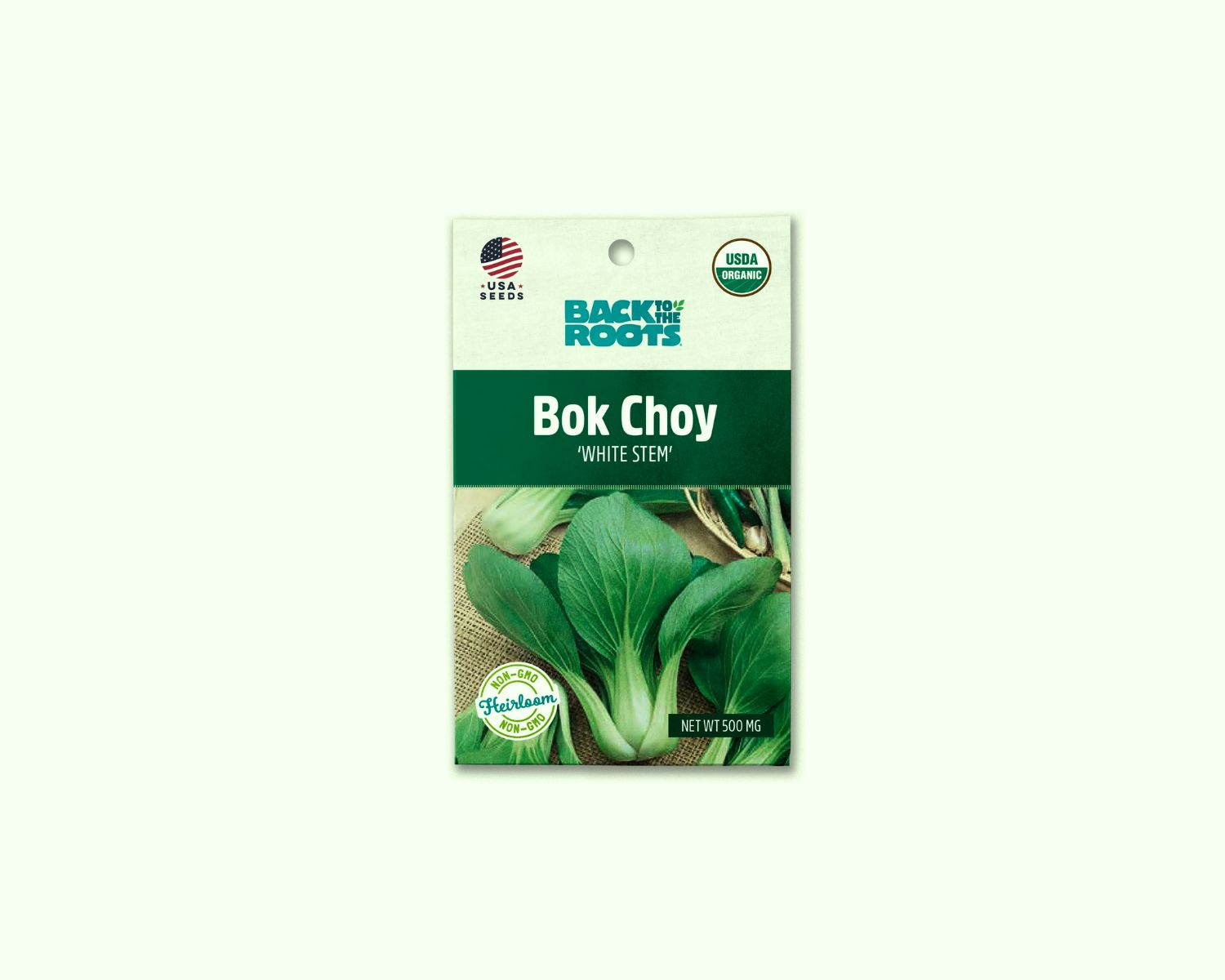
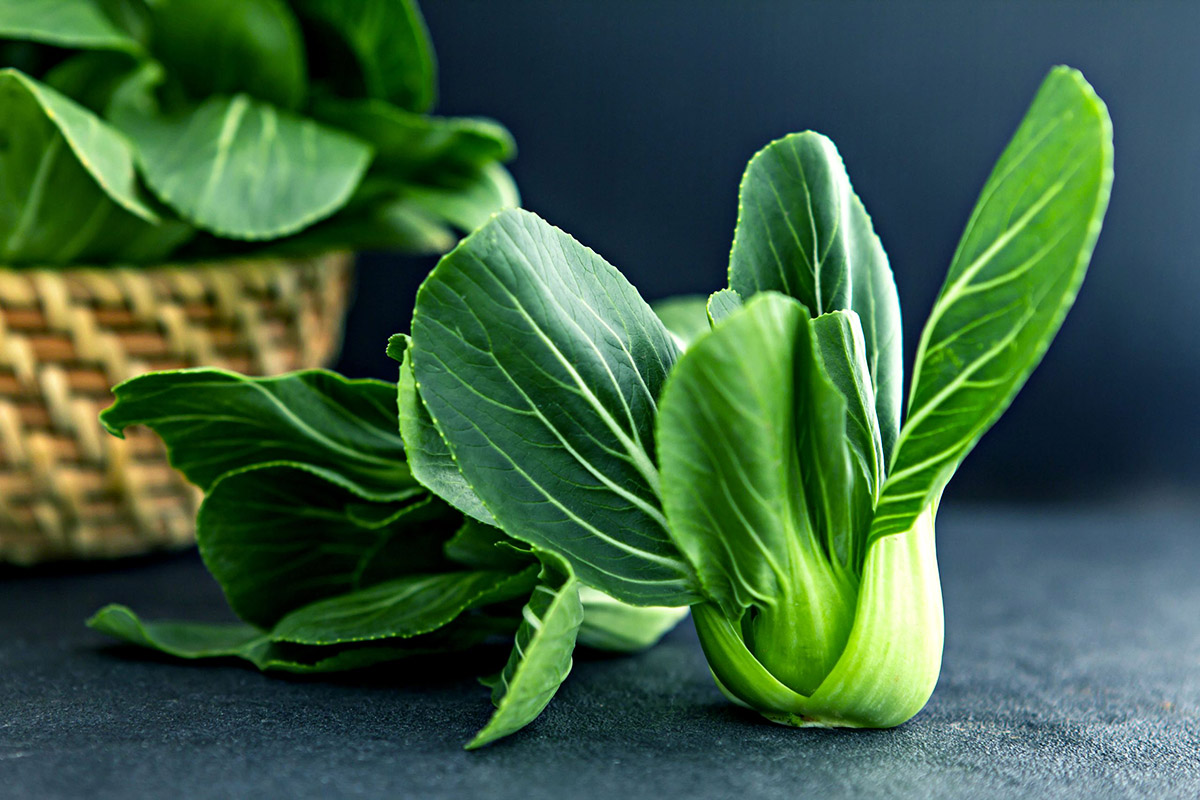
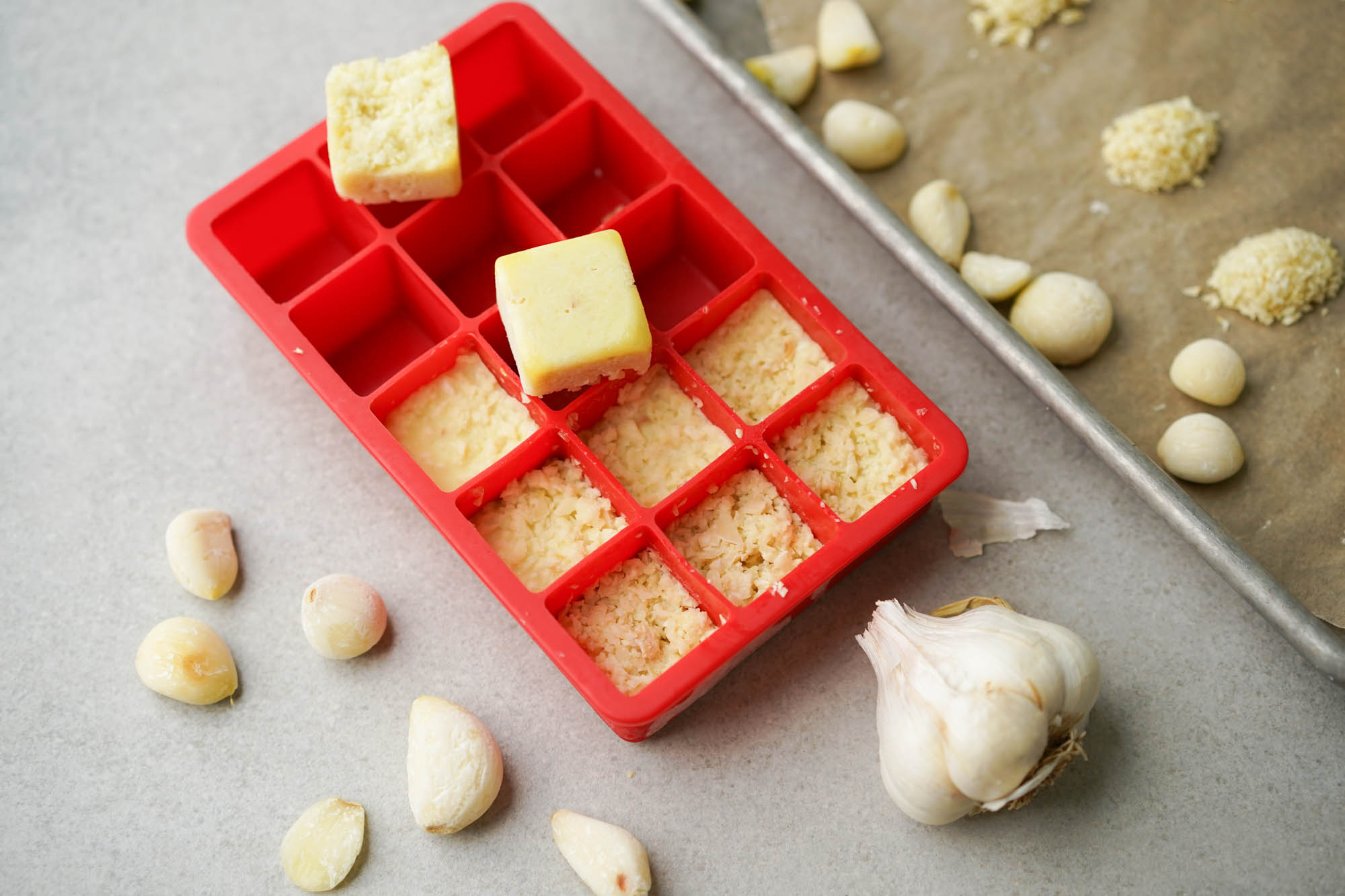
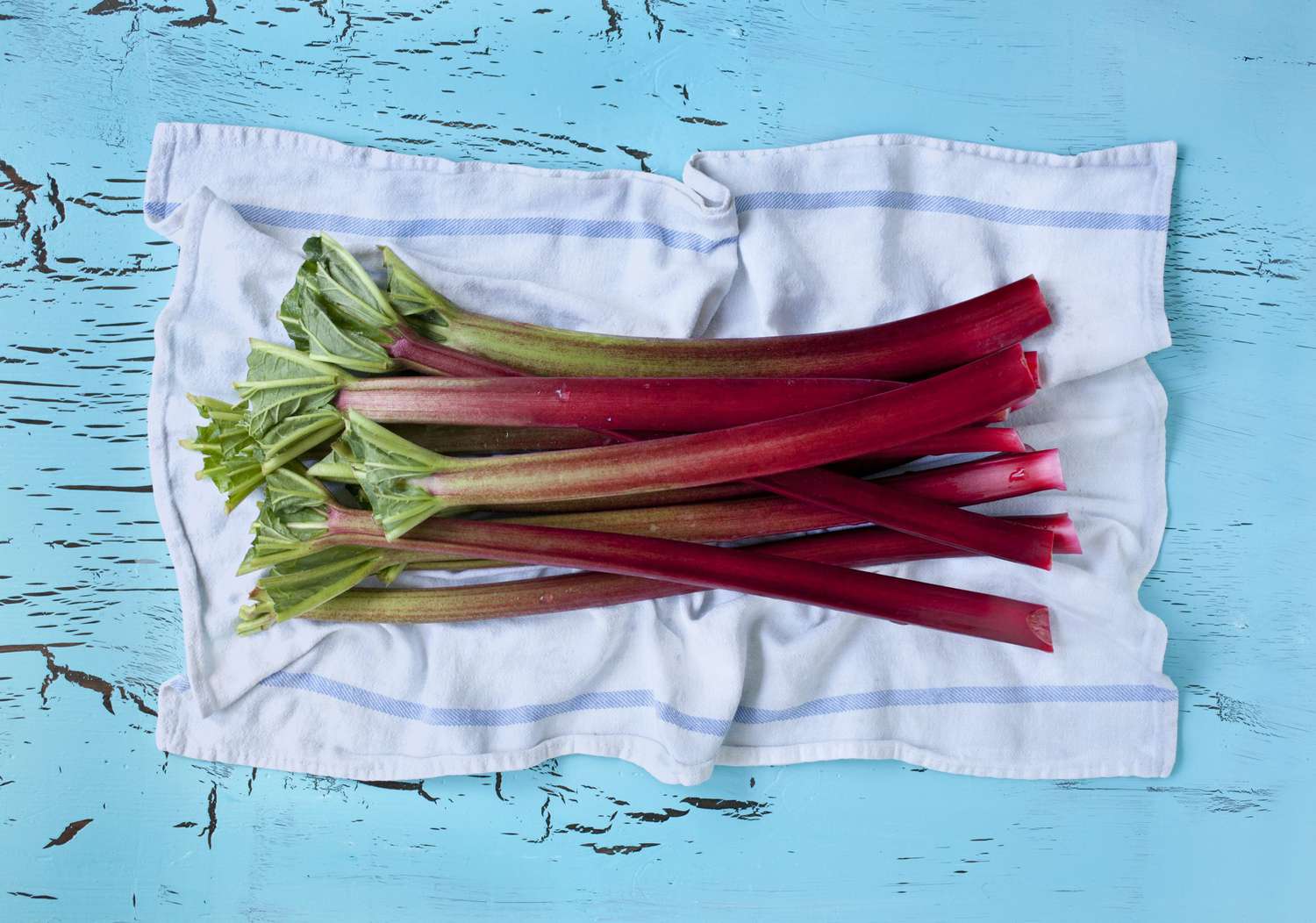
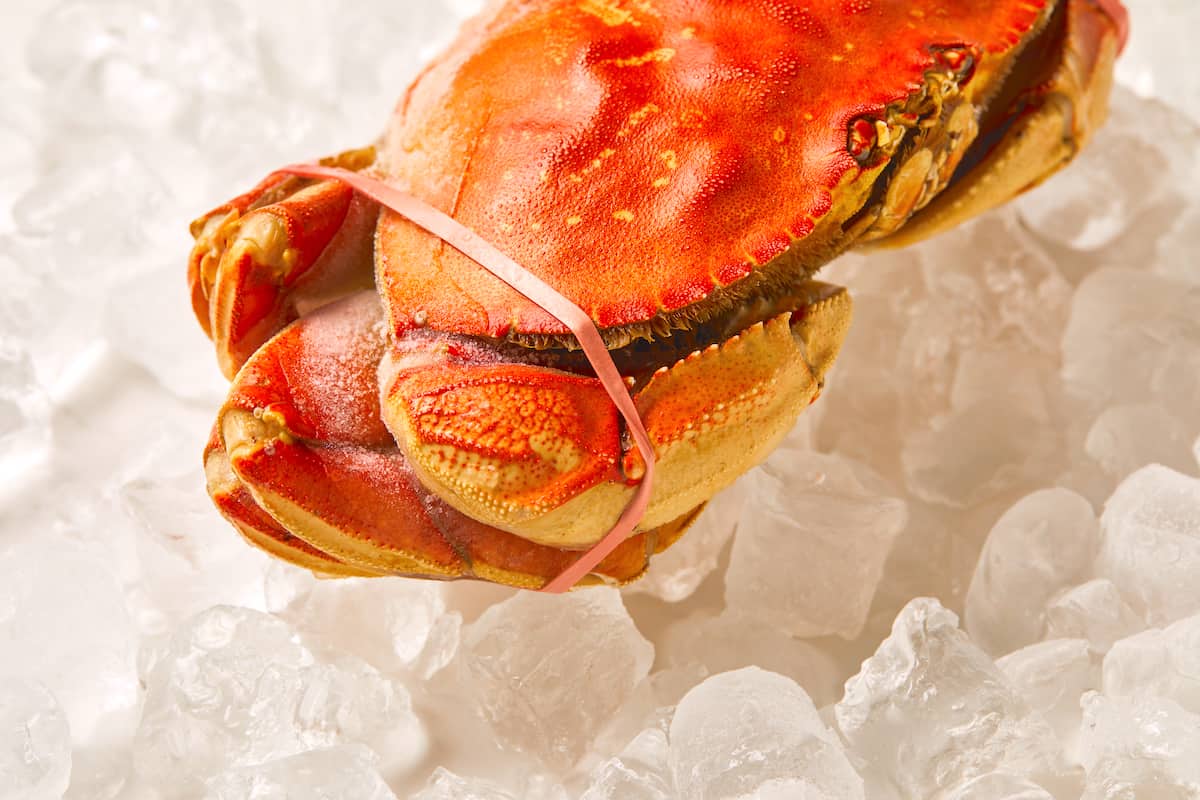
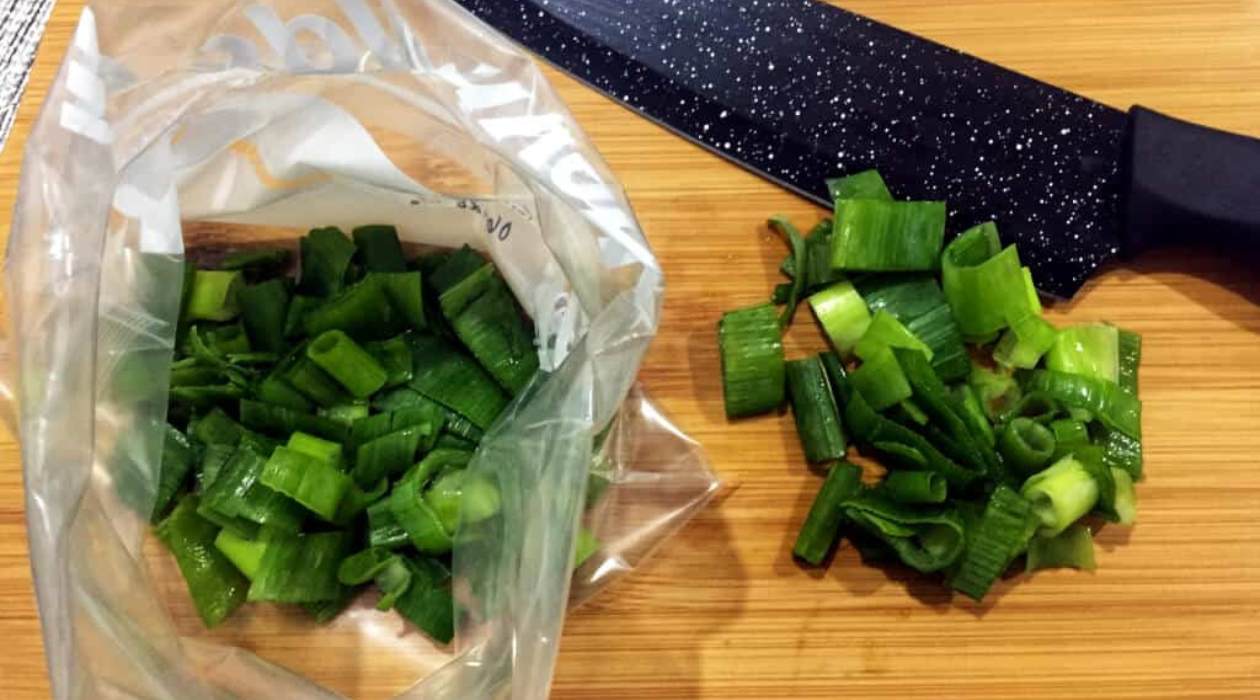
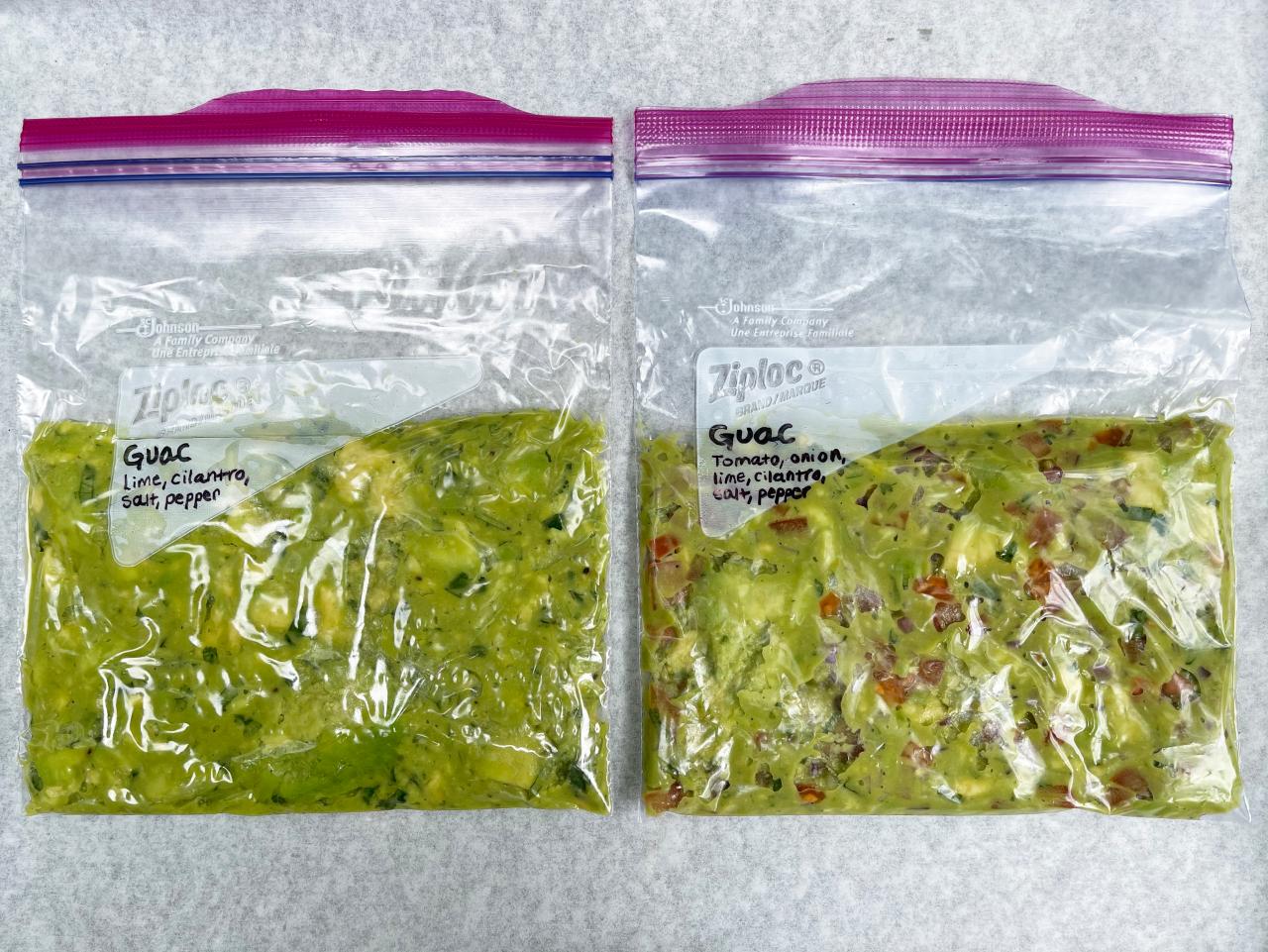
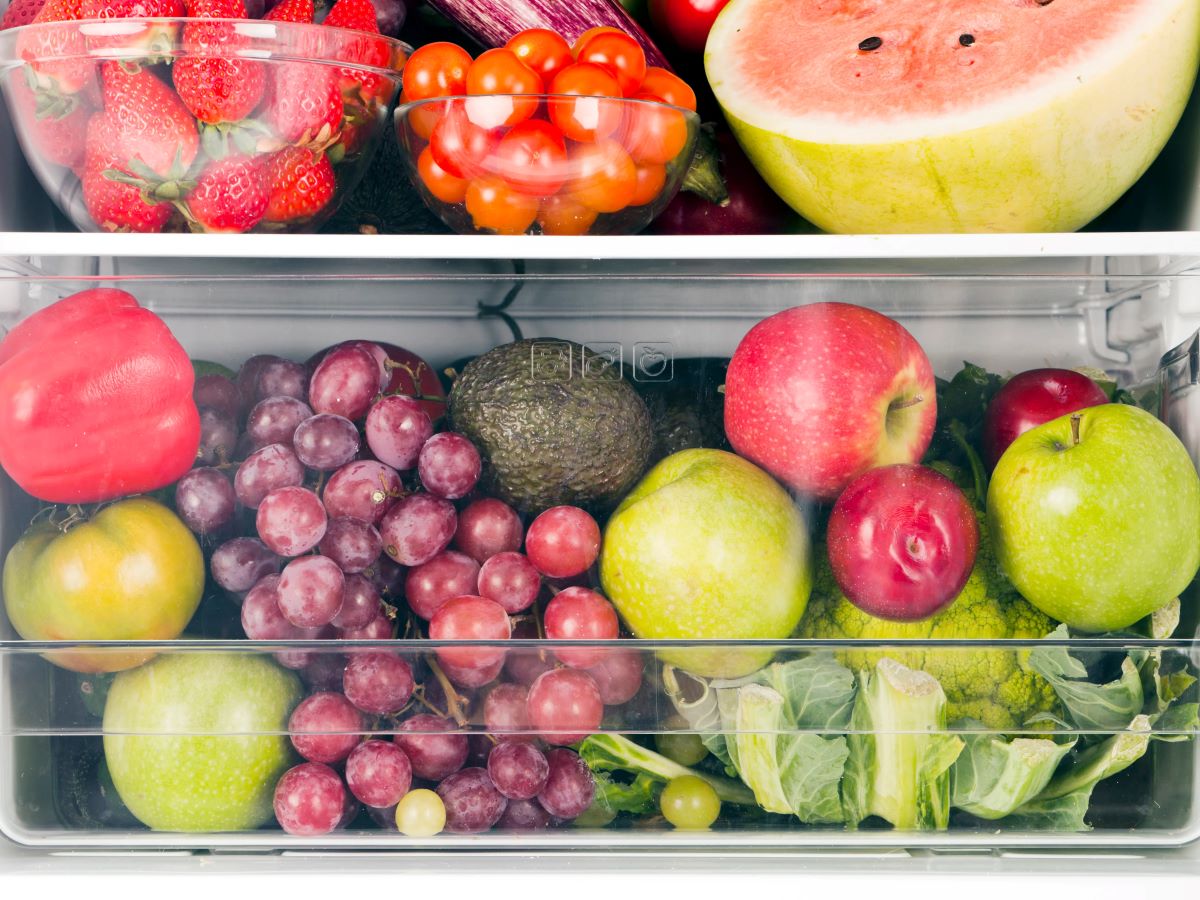
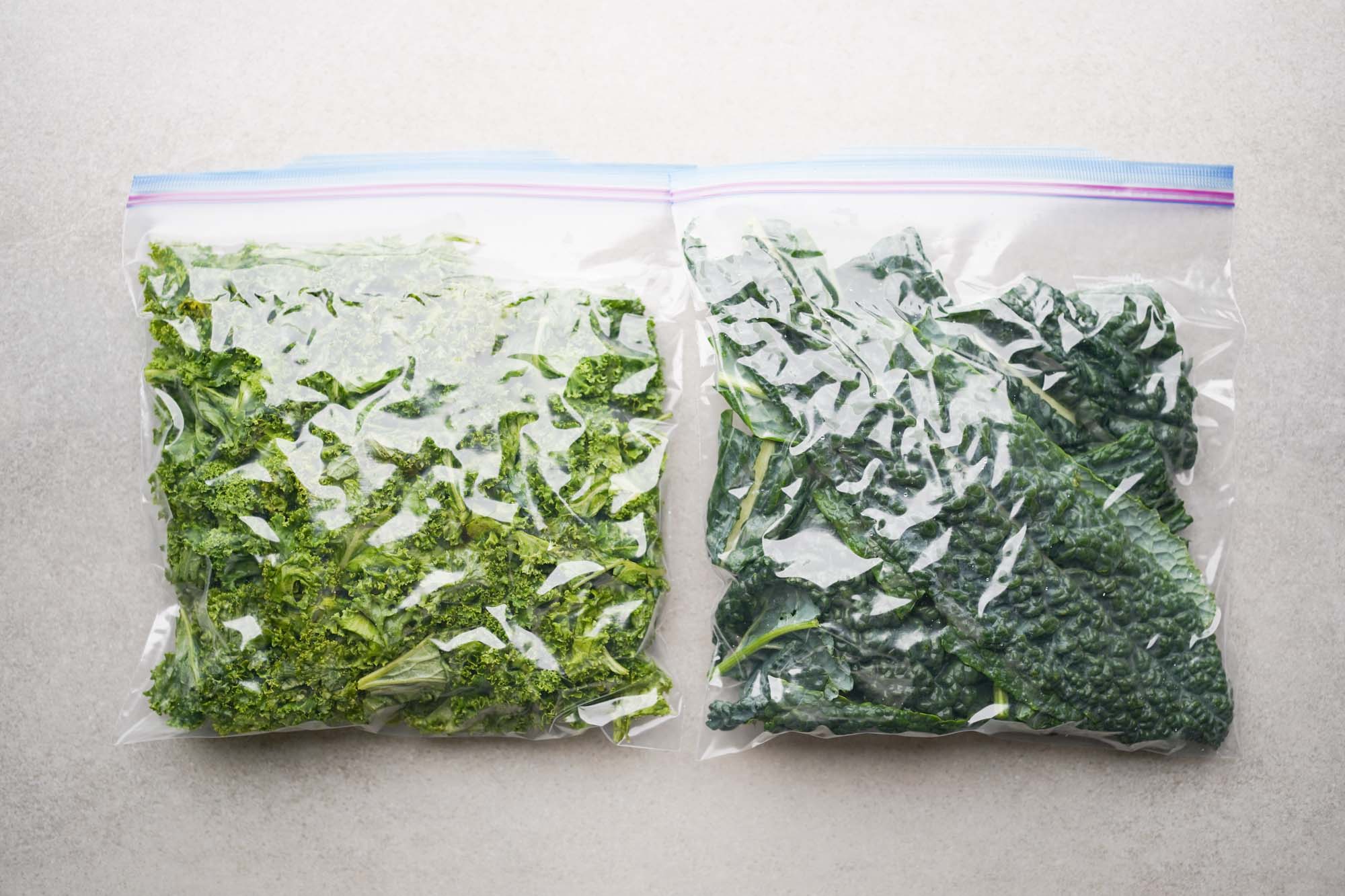
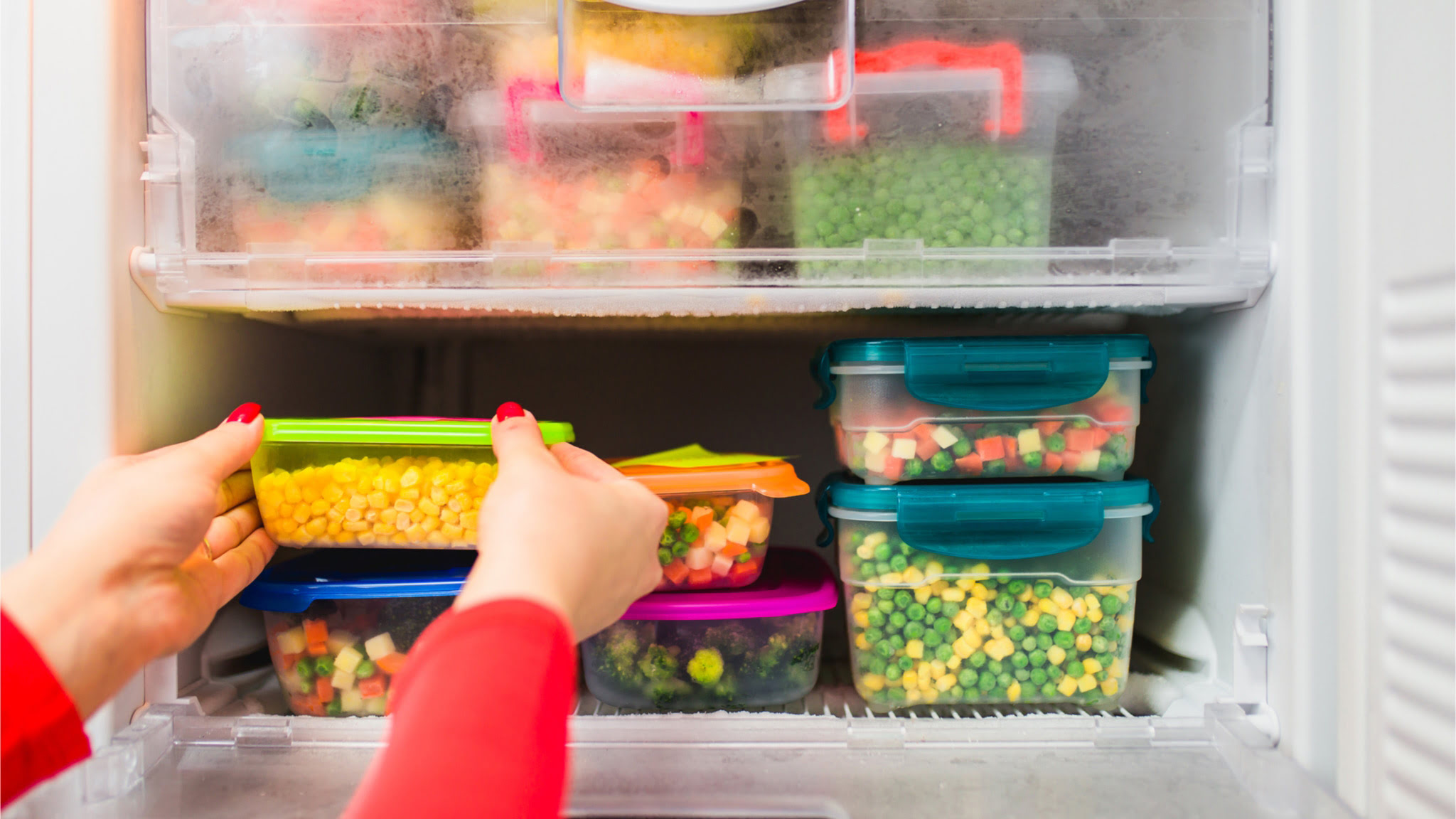
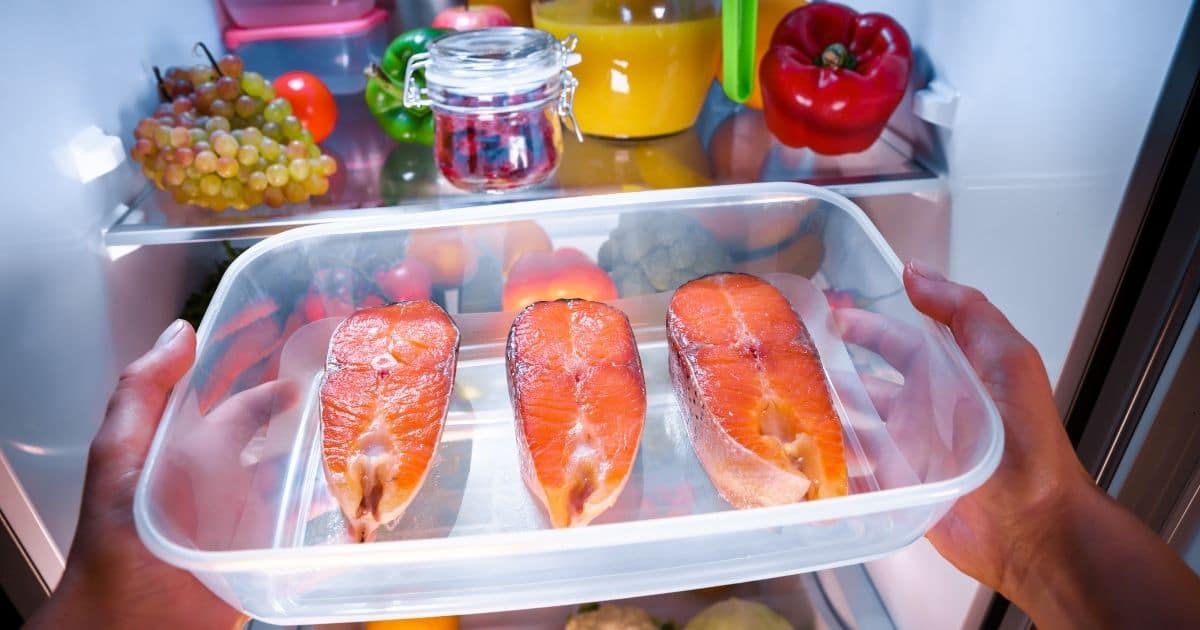
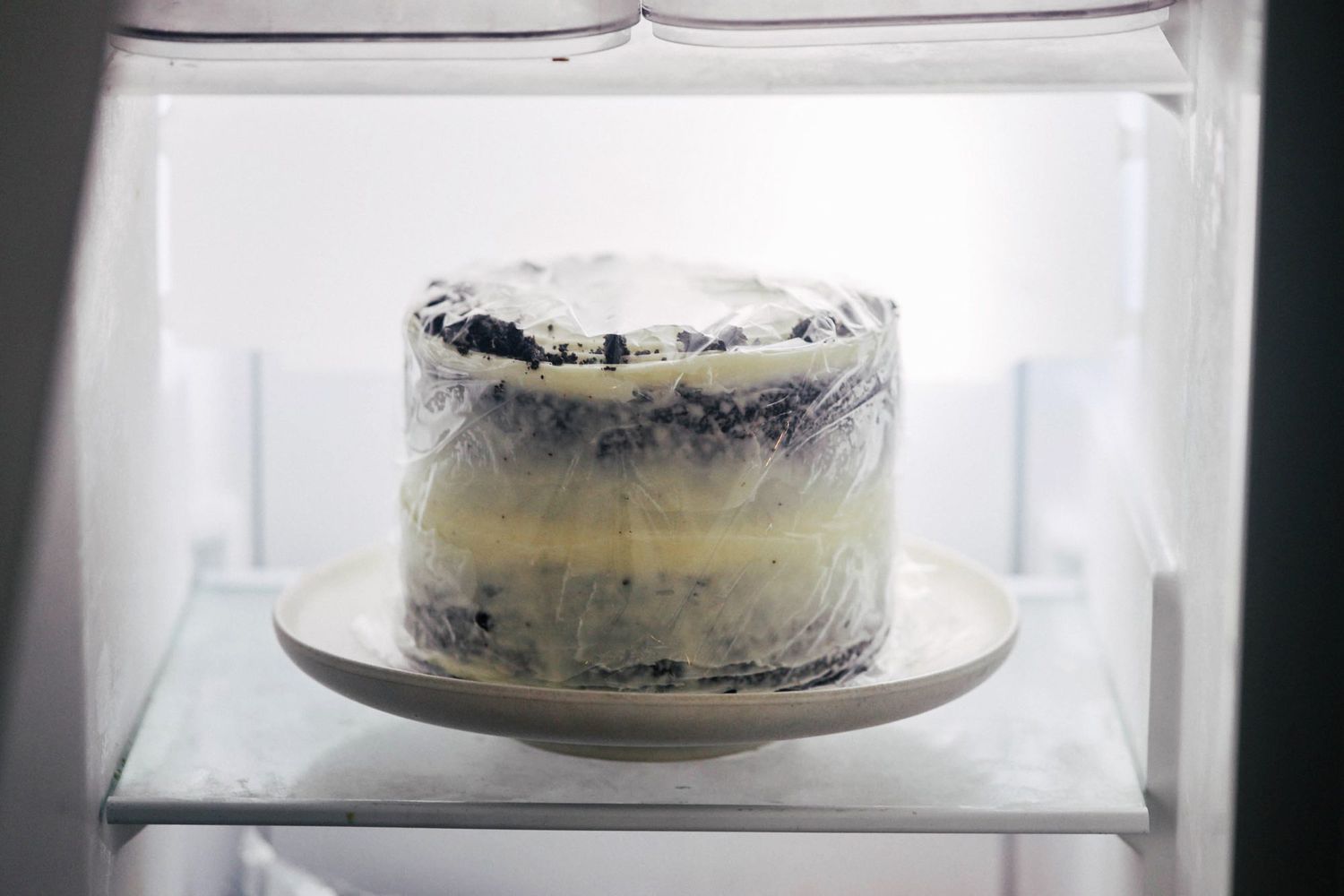
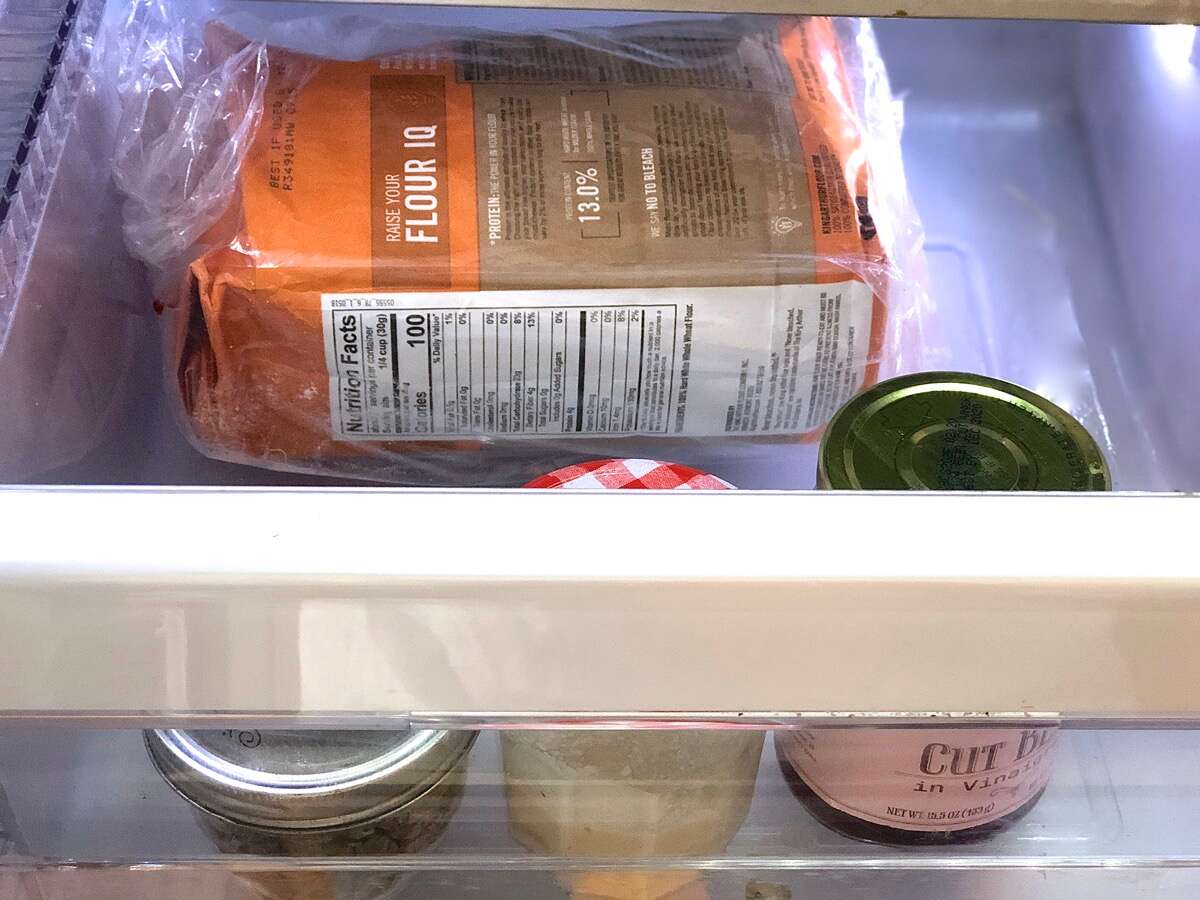

0 thoughts on “How To Store Bok Choy In The Freezer”